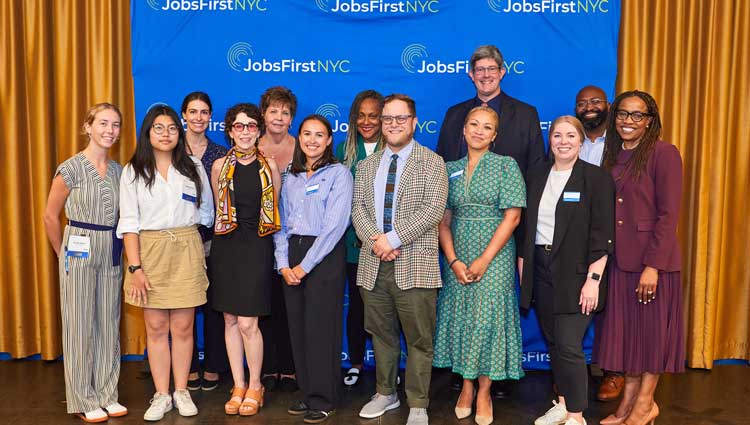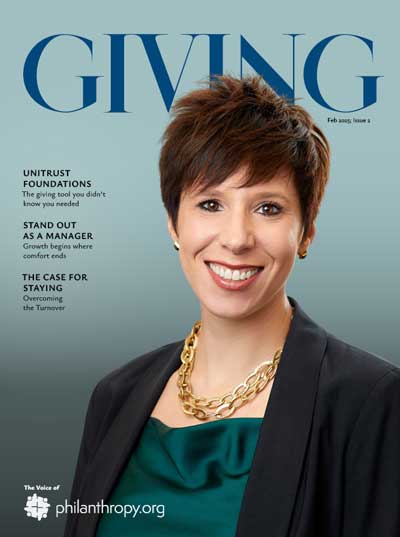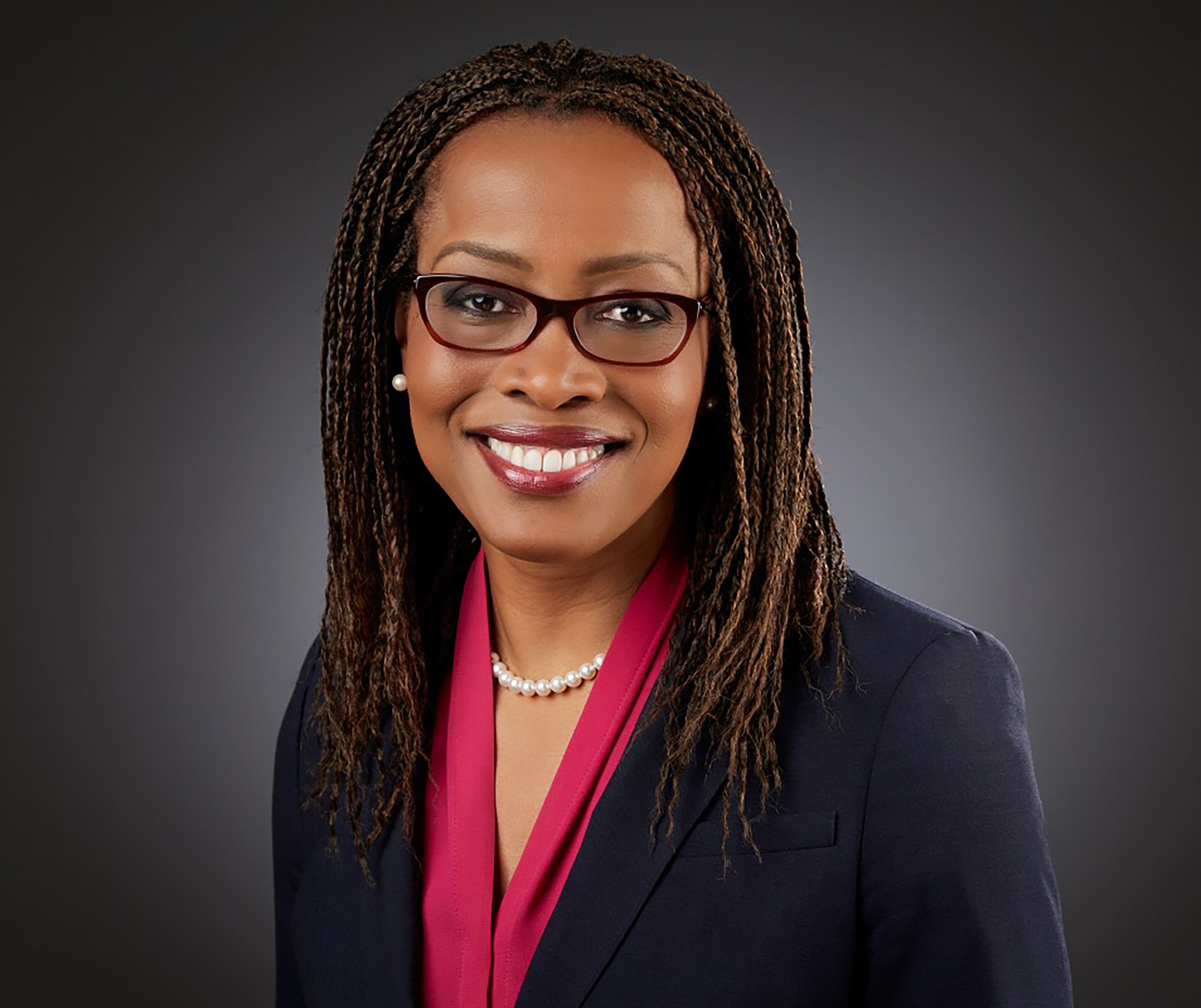
Here’s the core issue: We trust nonprofits to solve generational problems, but not enough to decide how best to do it.
How JobsFirstNYC Proved The Power of Trust-Based Gifts
Unrestricted giving is not just bold, it’s what actually works. Here’s what we and others have learned from the MacKenzie Scott model.
While parts of the economy boom, millions of Americans remain locked out of opportunity. In particular, young adults who are out of school and out of work, often called “disconnected youth,” are bearing the brunt of structural inequality. According to Measure of America, nearly 1 in 9 youth aged 16 to 24 are disconnected, a status linked to lower lifetime earnings, poorer health, and higher risk of long-term poverty.
This is not just a human tragedy, it’s an economic one. The Brookings Institution estimates that youth disconnection costs the U.S. billions annually in lost productivity and increased social service needs. If we fail to bring this generation into the fold, we imperil the nation’s future workforce and civic fabric.
Governments, nonprofits, and businesses have poured billions into workforce training, education pipelines, and community development. But too often, their work is hampered by a fragmented system and short-term, restricted funding that prioritizes overhead metrics over long-term outcomes.
A Tangle of Strings
Here’s the core issue: We trust nonprofits to solve generational problems, but not enough to decide how best to do it. Philanthropic funding often comes with so many strings attached that it ends up reinforcing the very inefficiencies it hopes to fix.
That’s what makes MacKenzie Scott’s approach to giving so revolutionary. Her unrestricted, trust-based gifts have flipped the script, and the results speak for themselves.
A study by the Center for Effective Philanthropy shows that Scott’s gifts helped nonprofits build reserves, invest in talent, and dramatically increase impact. It’s not just charity, it’s capital.
In 2023, our organization, JobsFirstNYC, received a $4 million unrestricted gift from Scott, the largest in our history. Like many others, we were struck not just by the amount but by the absence of restrictions. There was no 12-month timeline. No 30-page evaluation requirement. No predetermined bucket for spending.
This freedom demanded responsibility and clarity. We asked: How can we use this gift not just to grow, but to change systems?
- We settled on four focus areas: Investing in community-based partners
- Strengthening infrastructure
- Replicating our workforce intermediary model
- Shoring up long-term sustainability
Unrestricted Success
But this isn’t just about JobsFirstNYC. Similar outcomes are playing out across the country.
HOPE Credit Union, a Black-led financial institution in the Deep South, is using Scott’s investment to expand economic mobility and narrow home ownership gaps in historically underserved communities across the Deep South.
Communities In Schools, which received $133.5 million, is leveraging the funds to deepen its presence in schools and improve long-term student outcomes.
In every case, flexible capital unlocked strategic capacity. Not marketing. Not vanity. Just mission-critical work, done better and faster.
Why should it be considered “bold” to give nonprofits the flexibility they need to succeed? We don’t demand quarterly impact reports from startups before investing in them. We bet on the team. We bet on the vision.
Philanthropy should do the same.
Yet, unrestricted funding still makes up less than 20% of total giving, as reported in the Giving USA 2024 Annual Report reviewed by Lilly Family School of Philanthropy at Indiana University Indianapolis. This data highlights the restrictive reality for the nonprofit sectors responsible for everything from feeding the hungry to training the workforce. We are too often forced to operate in a financial box of confinement.
It’s time to move beyond charity optics and into a mindset of philanthropic equity. That means asking:
- Are we funding outcomes, or activity?
- Are we empowering leaders, or controlling them?
- Are we solving problems or simply managing them?
MacKenzie Scott didn’t invent the idea of unrestricted giving. But she scaled it in a way that made it impossible to ignore.
Now it’s up to the rest of us, funders, nonprofits and civic leaders to refuse to return to business as usual.
The young adults we serve don’t need another pilot program. They need sustained investment, grounded in trust, backed by data, and aimed at dismantling the systems that excluded them in the first place.
That’s not radical. That’s just what works.
Additional sources cited:
– Measure of America: Youth Disconnection 2023
– Center for Effective Philanthropy: Breaking the Mold (2025)
– Brookings Institution: Ten Economic Facts About Young Adults
-
Marjorie D. Parker serves as the CEO and President of JobsFirstNYC. She has more than 25 years of experience overseeing adult and youth services initiatives and consulting for nonprofit organizations. She also serves as the current Board Chair of Reconnect NYC and a Board Member at the Craig Newmark Graduate School of Journalism, CUNY. Marjorie holds a bachelor’s degree from Fordham University, a master’s in public administration from New York University, a Certificate in Executive Education from the Senior Leaders Program at Columbia Business School, and a Certificate in Strategic Perspectives in Nonprofit Management from Harvard Business School.
View all posts

GIVING Magazine
For those who drive change — not watch it. Join the top 1%.
